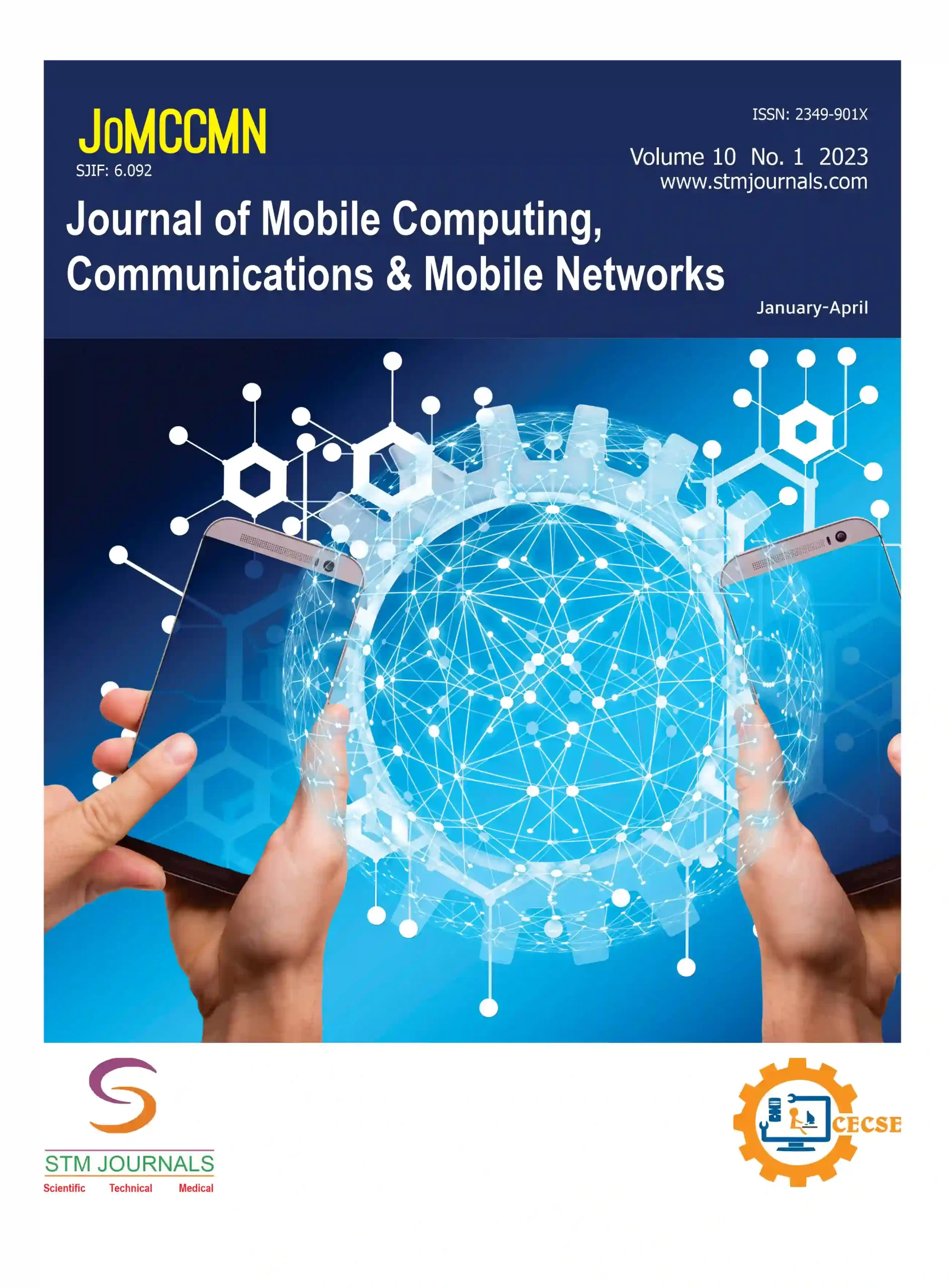
Prashant J. Viradiya,

Hirenkumar K. Mistry,

Amit M. Goswami,
- Research Scholar Department of Computer Engineering, Gyanmanjari Innovative University- GMIU, Bhavnagar Gujrat India
- Software Engineer PayPal, Saint Louis MO United States
- Software Engineer Source Infotech Inc., Edison NJ 08820 United States
Abstract
This study examines the impact of Computer Science (CS) and Soft Computing (SC) on a few scholarly disciplines and way of life. The study considers points to improve calculation execution by utilizing computational intelligence (CI) techniques, progressing the steadiness of statistical classification (SC) models, and optimizing them through algorithmic upgrades. These adjustments encourage the method of altering, selecting, and creating oneself, indeed in challenging circumstances. The effect on work, protection, social elements, and decision-making illustrates its transformative capabilities. Whereas recognizing the inadequacies and moral contemplations, the study emphasizes the energetic nature of these spaces. The report shows some curious thoughts that will offer assistance make future hones in SC and CI better. In expansion, it gives a brief outline of why solid inventiveness is imperative.
Keywords: Soft computing, computation intelligence, decision making, social interaction, artificial intelligence
[This article belongs to Journal of Mobile Computing, Communications & Mobile Networks(jomccmn)]
References
- Zhang X, Nguyen H, Bui XN, Tran QH, Nguyen DA, Bui DT, Moayedi H. Novel soft computing model for predicting blast-induced ground vibration in open-pit mines based on particle swarm optimization and XGBoost. Nat Resour Res. 2020; 29(9): 711–721.
- Raja MAZ, Mehmood J, Sabir Z, Nasab AK, Manzar MA. Numerical solution of doubly singular nonlinear systems using neural networks-based integrated intelligent computing. Neural Comput Appl. 2019; 31(4): 793–812.
- Raj DJ. A comprehensive survey on the computational intelligence techniques and its applications. Journal of IoT in Social, Mobile, Analytics, and Cloud (JISMAC). 2019 Dec; 1(3): 147–59.
- Shamshirband S, Fathi M, Chronopoulos AT, Montieri A, Palumbo F, Pescapè A. Computational intelligence intrusion detection techniques in mobile cloud computing environments: Review, taxonomy, and open research issues. J Inf Secur Appl. 2020 Dec 1; 55: 102582.
- Gu X, Cao Z, Jolfaei A, Xu P, Wu D, Jung TP, Lin CT. EEG-based brain-computer interfaces (BCIs): A survey of recent studies on signal sensing technologies and computational intelligence approaches and their applications. IEEE/ACM Trans Comput Biol Bioinform. 2021 Jan 19; 18(5): 1645–66.
- Wang DH. Sustainable development and management in consumer electronics using soft computation. J Soft Computing Paradigm. 2019 Sep; 1(1): 49–56.
- Baroroh DK, Chu CH, Wang L. Systematic literature review on augmented reality in smart manufacturing: Collaboration between human and computational intelligence. J Manuf Syst. 2021 Oct 1; 61: 696–711.
- Iqbal R, Doctor F, More B, Mahmud S, Yousuf U. Big data analytics: Computational intelligence techniques and application areas. Technol Forecast Soc Change. 2020 Apr 1; 153: 119253.
- Ayon SI, Islam MM, Hossain MR. Coronary artery heart disease prediction: a comparative study of computational intelligence techniques. IETE J Res. 2022 Jul 4; 68(4): 2488–507.
- Zhou Z, Wang B, Guo Y, Zhang Y. Blockchain and computational intelligence inspired incentive-compatible demand response in internet of electric vehicles. IEEE Trans Emerg Top Computat Intell. 2019 May 23; 3(3): 205–16.
- Umar M, Sabir Z, Raja MA. Intelligent computing for numerical treatment of nonlinear prey–predator models. Appl Soft Comput. 2019 Jul 1; 80: 506–24.
- Sezer OB, Gudelek MU, Ozbayoglu AM. Financial time series forecasting with deep learning: A systematic literature review: 2005–2019. Appl Soft Comput. 2020 May 1; 90: 106181.
- Nguyen PT, Ha DH, Avand M, Jaafari A, Nguyen HD, Al-Ansari N, Van Phong T, Sharma R, Kumar R, Le HV, Ho LS. Soft computing ensemble models based on logistic regression for groundwater potential mapping. Appl Sci. 2020; 10(7): 2469.
- Sathesh DA. Enhanced soft computing approaches for intrusion detection schemes in social media networks. J Soft Computing Paradigm. 2019; 1(2): 69–79.
- Al-Janabi S, Mohammad M, Al-Sultan A. A new method for prediction of air pollution based on intelligent computation. Soft Comput. 2020; 24(1): 661–680.
- Kumar A, Jaiswal A. Systematic literature review of sentiment analysis on Twitter using soft computing techniques. Concurr Comput: Practice and Experience (CCPE). 2020; 32(1): e5107.
- Xia F, Liu J, Nie H, Fu Y, Wan L, Kong X. Random walks: A review of algorithms and applications. IEEE Trans Emerg Top Comput Intell. 2019; 4(2): 95–107.

Journal of Mobile Computing, Communications & Mobile Networks
| Volume | 11 |
| Issue | 01 |
| Received | January 17, 2024 |
| Accepted | February 9, 2024 |
| Published | April 3, 2024 |

